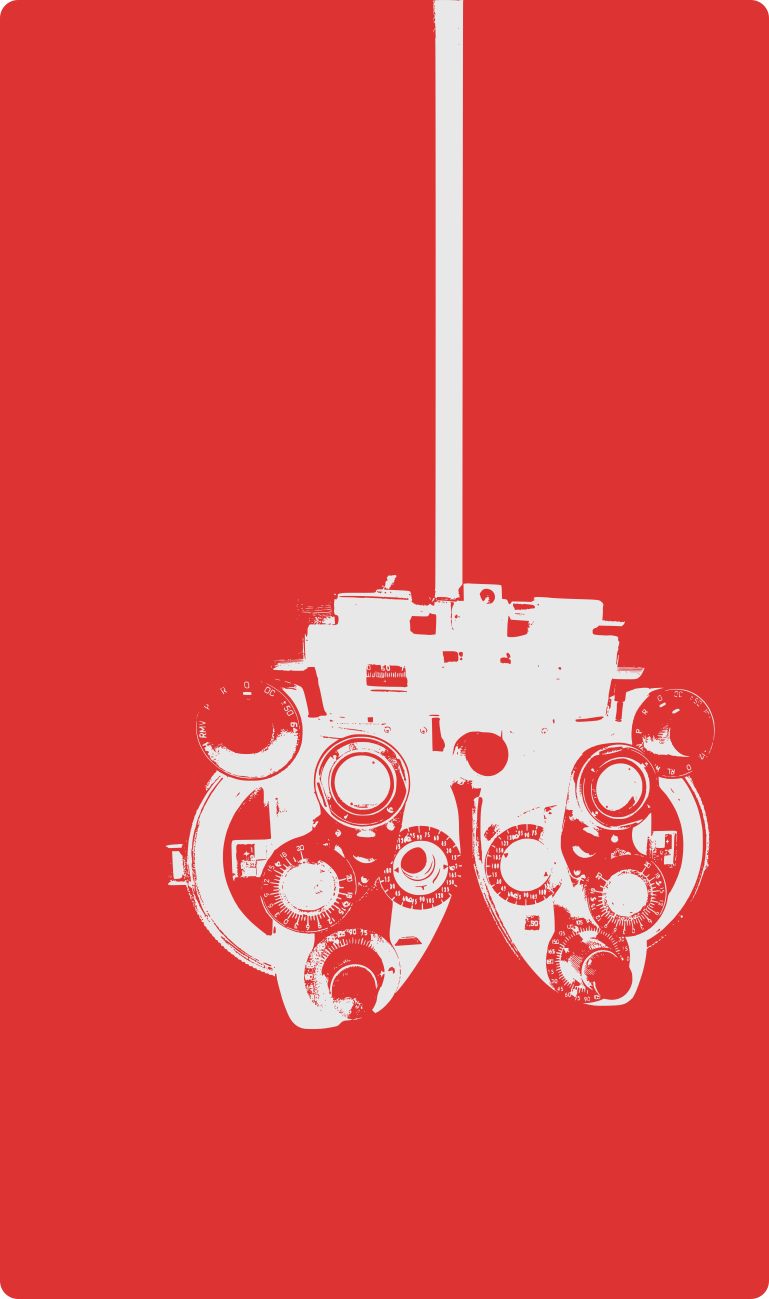This is the start of a new game.
Applying game constraints in collaborative activities often generates more creative ideas―breaking people outside of the pre-confined boxes. This different context and ruleset allows for an exploration of why the walls of the box were there in the first place, whether or not they still serve a purpose, or even if a box is appropriate at all.
I’ve been growing in my certainty that games are an appropriate medium for telling certain types of narratives. I’ve been on-and-off working on a boardgame about the healthcare system for the past two years. Having never produced a boardgame before it’s a process of fits and starts, uncertainties, whiteboarding, planning, complexification, distraction, and not enough real-world testing. Who knew healthcare was so complicated?
Earlier this week my son showed me a mass-produced book that he was excited about. It contained a great number of very basic, simplistic, and heavily-branded single-page board games. None of these, it seemed to me, would win awards or capture attention for too long, but there was at least one virtue: they existed. Someone, somewhere, had played them.
Later I had a thought that stuck with me: what if I make a game out of creating games? What if I start by creating a very simple game and then add complexity and modify it in different ways until it grows to become something much more interesting than it started? Is that a good way to create good games?
Well, I don’t know if that’s a good way to create good games―but it is a good way to make creating games a game itself. I’ve gamified game creation for myself. I couldn’t be prouder of this theoretical process. The actual product may leave something to be desired though (feedback welcome).
I must admit that it gives me joy to allow the player to choose the di they use for the game. All sorts of fascinating thoughts arise from this one point of amusement:
- What if the player piece is actually the di itself (and the value of the player’s di actually directly influences gameplay)?
- What if the di is a choice on each turn (and increases or decreases the odds on each roll depending on desired outcome)?
- What if chosen dice can be combined somehow to choose paths, or branches, or even directions?
- Does the color of the di matter?
- Would the game come with dice (if sold) or would users always supply their own?
These thoughts make me confident I can produce version 0.1.1 (or whatever odd version numbering I choose for tracking this odd journey). I kind of like the idea of the eventual game being called “Roll One” (as in Roll 1.0). That the version numbers (let’s pretend this is 0.0.1) increase over time, always moving toward 1.0.
One last thought: what if the actual 1.0 game doesn’t just allow for the selection of dice, but also for the selection of the version of the gameboard (or ruleset) you play upon/under? What if you roll dice to determine what version of the rulesets and gamebard you use?
Perhaps I’ve been overly influenced by Merce Cunningham. Perhaps it’s for the best that I stop blathering on about what I might do and start doing. Perhaps that’s the point of releasing something simple. Perhaps this really is the start of a fun game (for me, at least). Wanna play?


Comments
One response to “Roll One”
[…] the first version of the game the player was rewarded for rolling a 1, in this game, the player is rewarded for rolling a 2 (or […]